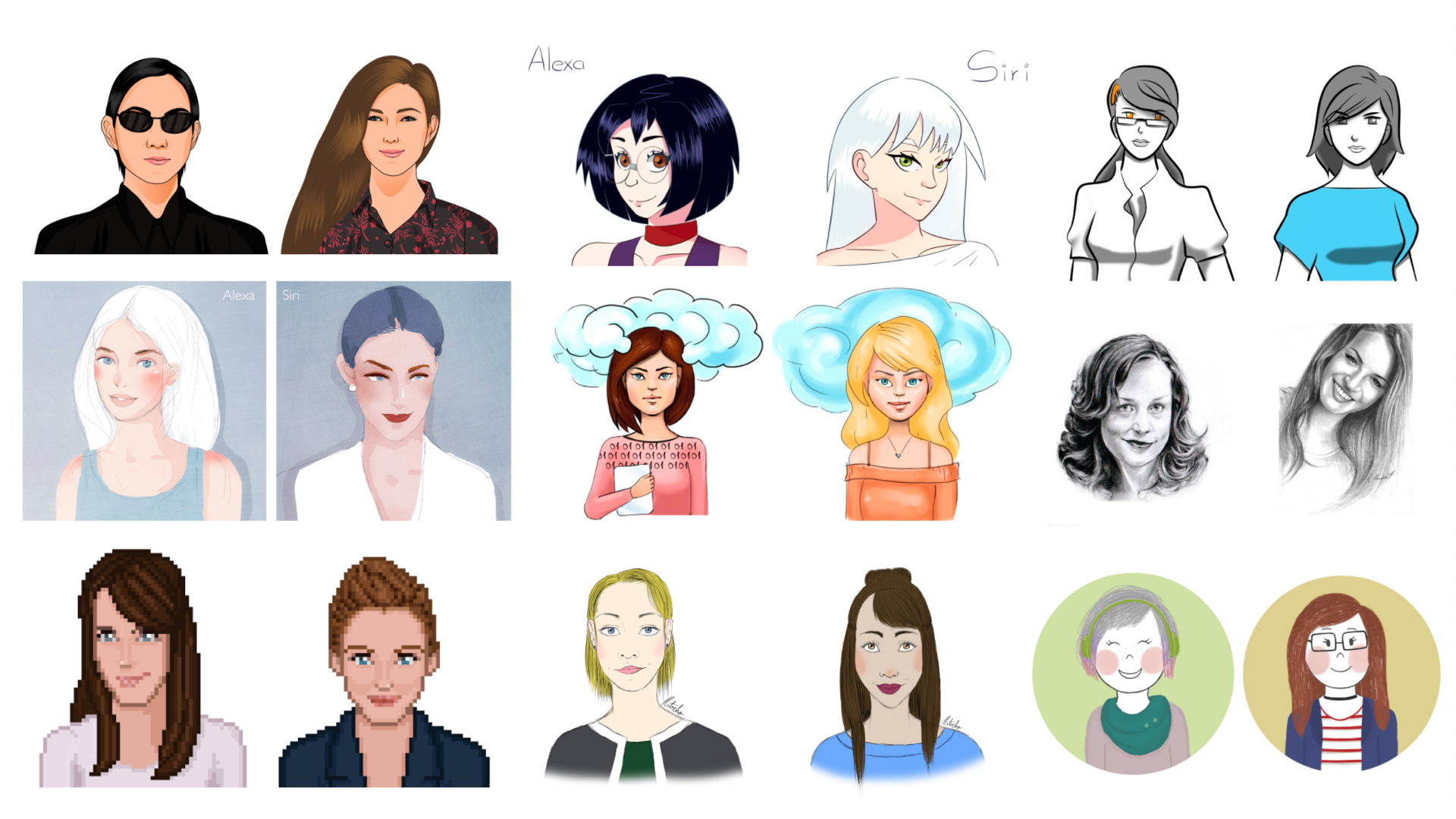Identity as a Design Choice
When it comes to designing lifelike interfaces such as Siri and Alexa, we must think beyond functionality and ask ourselves two questions. What kind of persona should we design for our interfaces, and how will our users relate to it?

The more we interact with tech in a human-like way, the more the devices can bring out the best—or worst—in us.
I first penned a piece for IDEO Labs, which graduated to an IDEO Blog piece, and ultimately got picked up by the tech publication Quartz.
In these articles I explore the identity of humanized assistants, and the design considerations one must keep in mind as we move into a new era of interaction design - the Affective User Interface, a term borrowed from the field of Affective Computing.
Affective Computing is a field of computer science that develops technology that we might consider intelligent and emotionally aware, and as we interact with the user-facing layers of this technology, it presents a slew of opportunities and challenges. When designed without consideration for various types of users it can affect our behavior in negative ways, or extend cultural pressures by bringing it into our homes and pockets.

